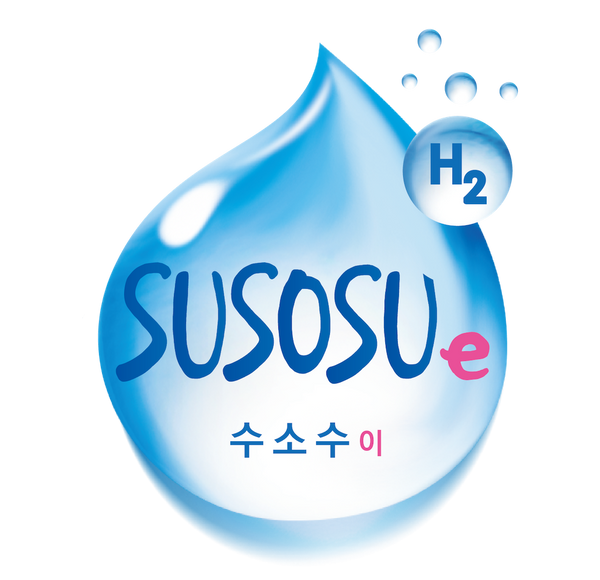
Examples of Free Radicals
Share
We always hear about free radicals and how harmful they are to our bodies. But without some examples of free radicals, how are we to know what we should avoid?
We know what free radicals are and how they affect the skin, and we’ve already learned how antioxidants work. But what exactly should we stay away from if we want to minimize the damage?
In this article, we’re touching upon the most common examples of free radicals and how you can keep your schedule as healthy as possible.
The Role of Free Radicals in Biology
As the body ages, free radical reactions continue to occur. These reactions produce progressive adverse changes that accumulate over time. Thus, this is what causes the body to age.
Genetics and environmental differences can modify free radical damage. And this is why it’s so important to have a good understanding of free radicals.
Free radical diseases can cause death. Disease caused by aging, such as cancer and atherosclerosis, comes about as a result of free radical damage. Endogenous free radical reactions could also promote tumor formation.
We’ve seen there’s a correlation between the consumption of fats and oils and death rates from malignant neoplasia of the breast, rectum, and ovaries in people over the age of 55 years. The belief is that this is a result of a higher concentration of lipid peroxidation resulting in elevated levels of free radical damage.
Some other studies regarding atherosclerosis show that the disease is likely the result of free radical reactions that include diet-derived lipids in the arterial wall and serum. These reactions occur to rid the body of peroxides and other substances.
With this in mind, it’s extraordinarily important to know about the following examples of free radicals.
Internally Generated Examples of Free Radicals
The body produces free radicals for certain purposes in the body. Some of these include:
Mitochondria: The body produces free radicals as a by-product during healthy metabolism with mitochondria.
Xanthine oxidase: an enzyme involved in free radical production in people who have type 1 diabetes.
Peroxisomes: Part of a process that generates free radicals that are involved in aging and carcinogenesis.
Inflammation: A person’s immune cells (macrophages) produce free radicals as they defend the body from germs, resulting in free radical production that leads to inflammation.
Phagocytosis: Stimulating phagocytosis results in free radical production. This is an immunological response that releases free radicals that damage problematic microorganisms.
Externally Generated Examples of Free Radicals
Externally generated free radicals can be avoided –– sometimes. Here are some of the free radicals you can try to avoid at times:
Cigarette smoke: Smoke from cigarettes has two populations of free radicals. These free radicals are found in the tar and one in the gas phase. The free radicals in the gas-phase are produced through the oxidation of NO to NO2.
Environmental pollutants: Air pollutants are a public health concern. This includes nitrogen dioxide, ozone, and particulates. These pollutants result in oxidative stress in the lungs, damaging the lungs in the process.
Radiation: Ionized radiation exposure results in oxygen-derived free radical production. Hydroxyl radicals are the most damaging. However, there’s also superoxide anion radicals and oxidants like hydrogen peroxide to worry about.
Certain drugs: Drug-induced oxidative stress is sometimes used as a mechanism of toxicity in some tissues and organ systems. Some of the drugs associated with contributing to oxidative stress include cancer therapies, non-steroidal anti-inflammatory drugs, antiretroviral agents, analgesics, and antipsychotics.
Pesticides: Deltamethrin, a pesticide, is known for increasing free radical production.
Concluding on Examples of Free Radicals
Keep these free radical examples in mind as you carry on with your life. By avoiding these compounds and actions that further your exposure, you’re actively playing a role in maintaining your health.
Regardless of whether or not you’re exposing yourself to things that will increase your free radical exposure, it would be best if you had antioxidants. These help you mitigate the damage free radicals cause.
At Susosu Water, we’re producing hydrogen water that’s combining health with convenience. Staying hydrated is essential, but keeping your oxidative stress to a minimum is even more important.
Stay healthy by including molecular hydrogen in your diet. This powerful antioxidant will ensure your body is safe from oxidative stress, resulting in a healthier and happier you every time. Add Susosu Water to your daily hydration intake and feel the difference molecular hydrogen can make.
